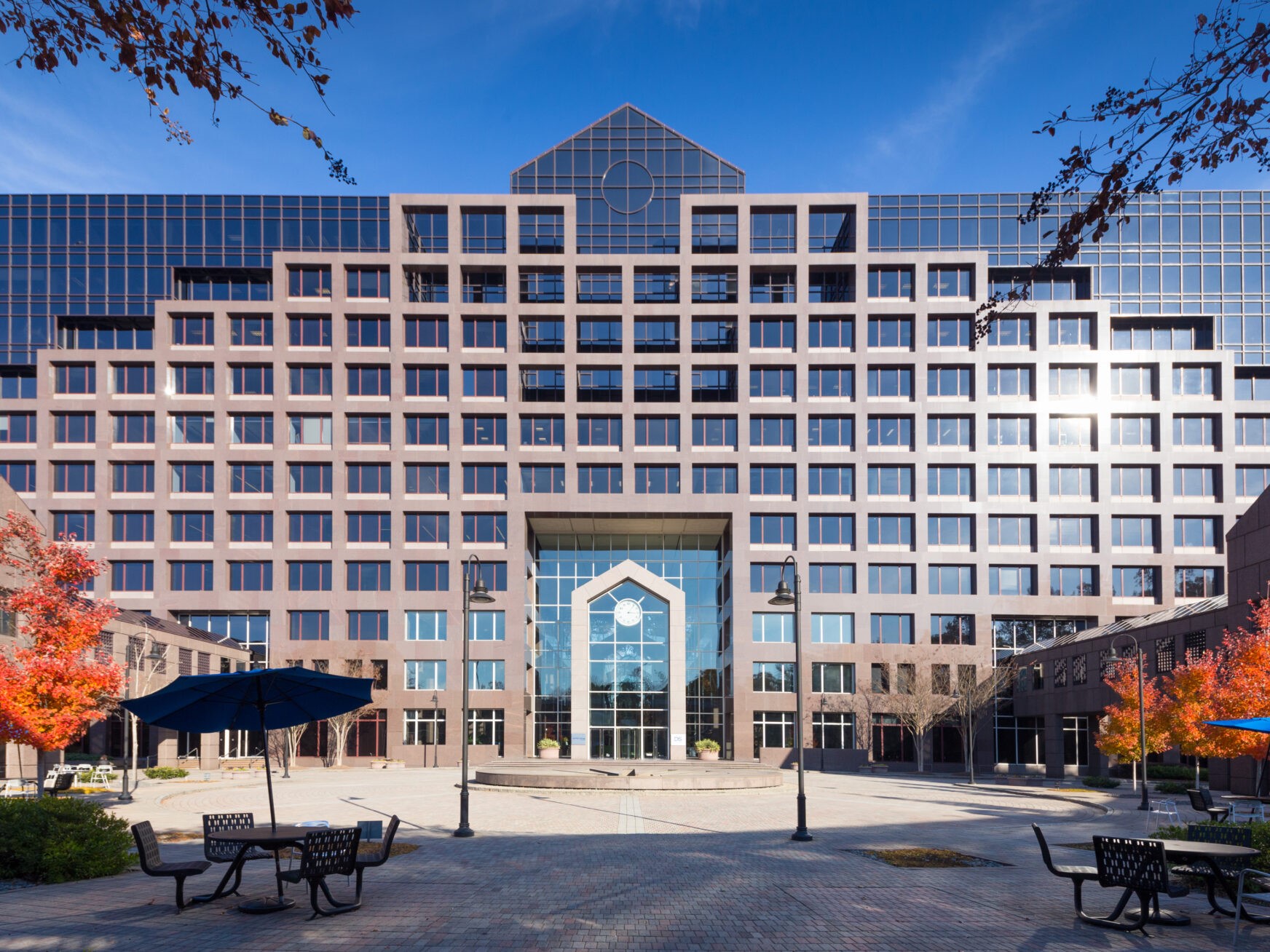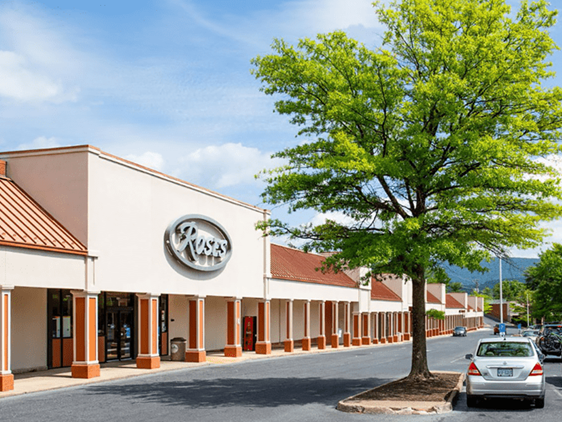CRE leaders discuss industry issues at DLA Piper’s 2024 Global Real Estate Summit at the Ritz-Carlton Hote in downtown Chicago. Photo: Eva Ho Photography
The tone was both guarded and hopeful as industry leaders took stock of the real estate landscape at DLA Piper’s 18th Global Real Estate Summit, “Rebounding Into the Future” in downtown Chicago.
During the opening plenary panel on Tuesday, Mike Byrne, CIO & head of private equity and debt at AEW Capital Management, noted that investors have focused on growth for the past 15 years. “But now there’s been dislocation in the markets, and that provides opportunities,” he said. “We’re asking, ‘Where can we be more opportunistic?’ Being right about student housing versus senior housing, or San Francisco versus Washington, D.C., is going to be more important than ever going forward.”
Noting that Ventas waited out the market in 2023, the firm’s CEO, Debra Cafaro, said she and her colleagues came into this year feeling optimistic. “We saw market conditions shifting in our favor,” she said during the plenary session. “We’ve become more aggressive investors in senior housing.”
Christopher Merrill, co-founder, chairman & CEO of Harrison Street, reported that the company isn’t trying to time the market. Instead, it can move from one asset class to another as opportunities present themselves. “We want to be in asset classes we can re-price, and are fortunate to be in those asset classes,” he said.
Risks ahead
Data centers could well account for 20 percent of allocations in the future, predicted Abbe Borok, managing director & head of U.S. debt for BentallGreenOak. The consensus was that too many investors are entering that market without a full understanding of its intricacies, particularly its power requirements. “You have to understand the risks” of the asset class, Merrill observed, adding, “There’s going to be some carnage.”
The session’s moderator, Tishman Speyer Managing Director Nooshin Felsenthal, then turned to the worries that keep CRE professionals up at night, such as geopolitical risk, conflicts in Ukraine and Middle East, U.S.-China tensions and the election. “These kinds of issues make the U.S. all the more attractive,” Borok noted.
Cafaro said she worries about the growing tide of opposition to legal immigration in the U.S., Canada and the U.K. “That needs to change,” she said. “Canada has greatly benefitted from bringing in both highly educated immigrants and those joining the workforce population. But the attitudes about immigration are changing even there.”
Summing up a key reason for optimism, Byrne commented, “There are more opportunities to grow and reinvent your business than ever.”
Supersized development
During a session on mega-development moderated by Regina Stilp, founding principal at Farpoint Development, panelists with queries about the unique opportunities and challenges presented by projects of vast scale.
Gaining approval of mega developments that work for everyone, and at every stage of the project, present major challenges. “In Greater Boston, the ability to entitle a project is the key to success,” said Thomas O’Brien, founding partner of HYM Investment Group. “It’s the key challenge in cities with high barriers to entry, but that’s why we want to be there.”
Jonathan Fascitelli, CEO of HBSE Real Estate, noted that there’s a lot at stake in stadium and arena development, especially since 30 to 40 stadiums around the U.S. will need to be replaced or redeveloped by 2040. “And that doesn’t even take into account the blossoming of the WNBA and women’s sports,” he added.
A big challenge but also the most rewarding aspect of mega development, he noted: “Ensuring it benefits all, with a diverse workforce and job creation, along with cultural preservation, affordable housing and the other things people want.”



